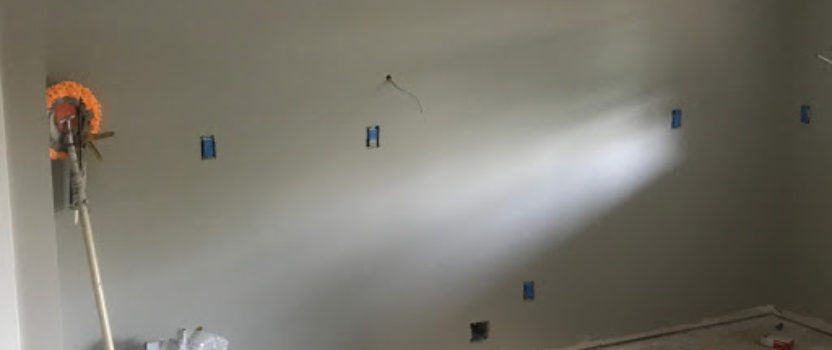Electrical Outlets
Electrical Outlets
The information provided is from our experience in building. Know what your local codes are for electrical.
Layout – Look at the layout to decide where to put 110 and 220, also, which plugs to use where; such as ground fault, water proof (for outside), outlets with USB ports, dimmer switches, etc. Check local code requirements for ground fault (GFCI), anywhere water is present such as bathrooms, kitchen, outdoors, and crawl space. GFCI outlets are more expensive and sometimes a builder may run wires to several outlets from one GFCI outlet, which is acceptable if they are in the same environment. It is not necessary to run to an area that doesn’t require a GFCI. For safety reasons GFCI outlets are worth the extra money. Make sure you have GFCI outlets everywhere they are needed. Doing your homework prior to wiring is essential.
Decide on style outlets such as USB ports, double, single, ground fault, lighted (bathroom) etc.
Placement – It is better to have more outlets than not enough, about every five feet, they are not expensive, think about Christmas decorations, garage, outdoors, etc. Outlets are usually placed twelve inches above the floor. Knowing where furniture will be placed is helpful in deciding outlet placement; night stands, end tables with lamps, TV, etc. Think about convenience as well as where an outlet would be practical. A previous house we owned had an electrical outlet in a pocket door. The door would get caught on the outlet. This was quickly changed.


Kitchen – Think about your appliances, even if you have a gas stove run a 220 outlet in case you use an electrical oven in the future. Use outlets in the pantry for a microwave and/or a coffee pot.We put our microwave in our pantry. Think of where you will use appliances on the counter such as a mixer, coffee pot, electric can opener, etc. to make sure there is an outlet in that area. Outlets to make sure are included in the wiring are dishwasher (unless it is hardwired), if tankless water heater, and in the island
Bathroom – Be sure to include a GFCI outlet around the sink area which is convenient for shaving or a hair dryer. Also, in the bathroom consider if there is an area you want a lamp. In some houses a lamp may be used for a night light. Additional appliances that may need an outlet are a tankless water heater, a heated towel rack, rechargeable appliances (such as a razor), jetted tub, and electric heater.
Laundry – Have the outlet for the washer placed low enough that it does not show over the top of the appliance, it needs to be high enough to be reached. Other outlets to consider in the laundry room are for an iron, maybe a fan for drying clothes, rechargeable vacuum, etc.
Miscellaneous outlets to consider are overhead on the porch (maybe for Christmas lights). We had outlets put on front and back porch overhead. We had switches to these outlets placed in the broom closet. These outlets need switches, the switches need to be placed in an inconspicuous place, so no one will be turning the switch on wondering what it is for. We also had outlets placed in each dormer with switches in the broom closet as well. Our builder asked where I would be ironing. I had not considered this. I was going to leave an ironing board up all the time in the guest closet for convenience. He placed an outlet in this closet. Other miscellaneous outlets are garage doors, outdoor outlets (if needed for outside fountains or lighting), water heater (if tankless or electric), appliances, in the island, crawl space (for dehumidifier or sump pump), central vacuum, surround sound, hot tub (or spa), computers, and alarm system. Outlets for USB, cable, Ethernet, etc. should be part of your planning for outlets, as there are many configurations for multiple purposes.



Comments